As birders, we often look for species such as the White-fronted Plover, African Black Oystercatcher and Kelp Gull when we visit the magnificent beaches along our coastline.

If we enjoy taking photographs during a beach holiday, the oystercatcher is often high on our hit-list. The problem is that we share the beaches with other people and with their dogs, which are often beloved family members. Many of us have experienced or encountered the conflict when these three elements – birds, people and dogs – come into too close contact. We have seen stressed birds, rampant dogs and seemingly oblivious or uncaring owners. Some people may even think such scenarios are not an issue and wonder what the fuss is about.
As discussed in this column in the March/April 2018 issue, the effect of disturbance by dogs on ground-nesting birds on beaches can be great. It can lead to high nest failure due to the eggs and chicks overheating or to increased predation as a result of the adults deserting their nests and leaving their eggs exposed and unattended more frequently than if they were not disturbed.
This story is from the May/June 2018 edition of African Birdlife.
Start your 7-day Magzter GOLD free trial to access thousands of curated premium stories, and 8,500+ magazines and newspapers.
Already a subscriber ? Sign In
This story is from the May/June 2018 edition of African Birdlife.
Start your 7-day Magzter GOLD free trial to access thousands of curated premium stories, and 8,500+ magazines and newspapers.
Already a subscriber? Sign In

footloose IN FYNBOS
The Walker Bay Diversity Trail is a leisurely hike with a multitude of flowers, feathers and flavours along the way.
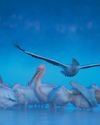
water & WINGS
WATER IS LIFE. As wildlife photographer Greg du Toit knows better than most.
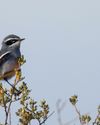
winter wanderer
as summer becomes a memory in the south, the skies are a little quieter as the migrants have returned to the warming north. But one bird endemic to the southern African region takes its own little winter journey.
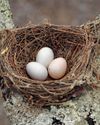
when perfect isn't enough
Egg signatures and forgeries in the cuckoo-drongo arms race
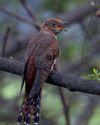
Southern SIGHTINGS
The late summer period naturally started quietening down after the midsummer excitement, but there were still some classy rarities on offer for birders all over the subregion. As always, none of the records included here have been adjudicated by any of the subregion's Rarities Committees.
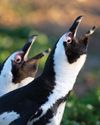
prey for penguins
To stem the African Penguin's slide to extinction, government support for optimal no-take zones around South Africa's penguin colonies is critical.
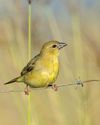
agrochemicals and birds
By the year 2050, it is estimated that 171 million more hectares of agricultural land will be needed to feed a global population of 10 billion people.
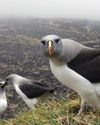
arrivals and departures
The Mouse-Free Marion Project is committed to ensuring that breeding seabirds can return to a predator-free Marion Island.
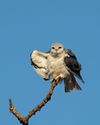
MIDRAND marvel
Gauteng birders don't need to travel far to get their feathery fix. Midway between Johannesburg and Pretoria, Glen Austin Pan has become a favourite patch for this returnee expat.
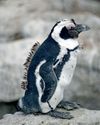
a journey through the mysteries of moult
As a bird researcher in South Africa’s botanically diverse fynbos biome, I have come to regard bird ringing as part of my journey to understanding moult.